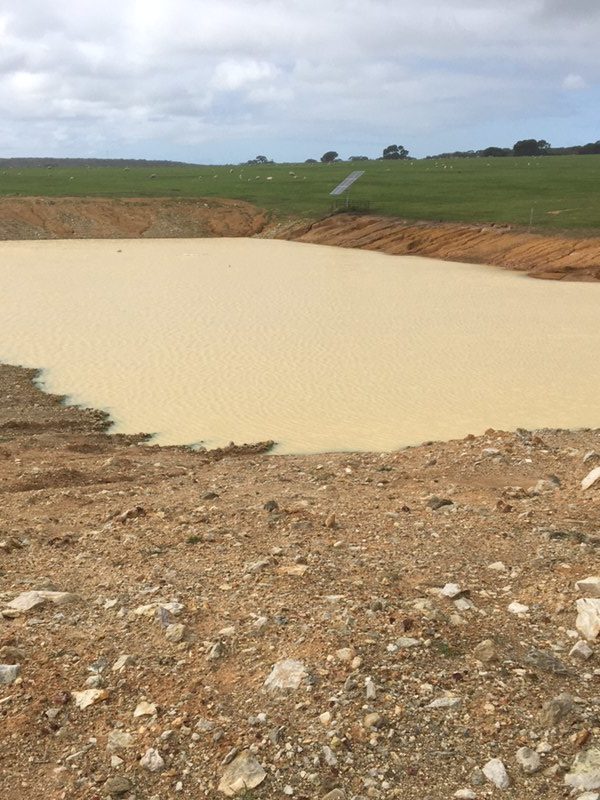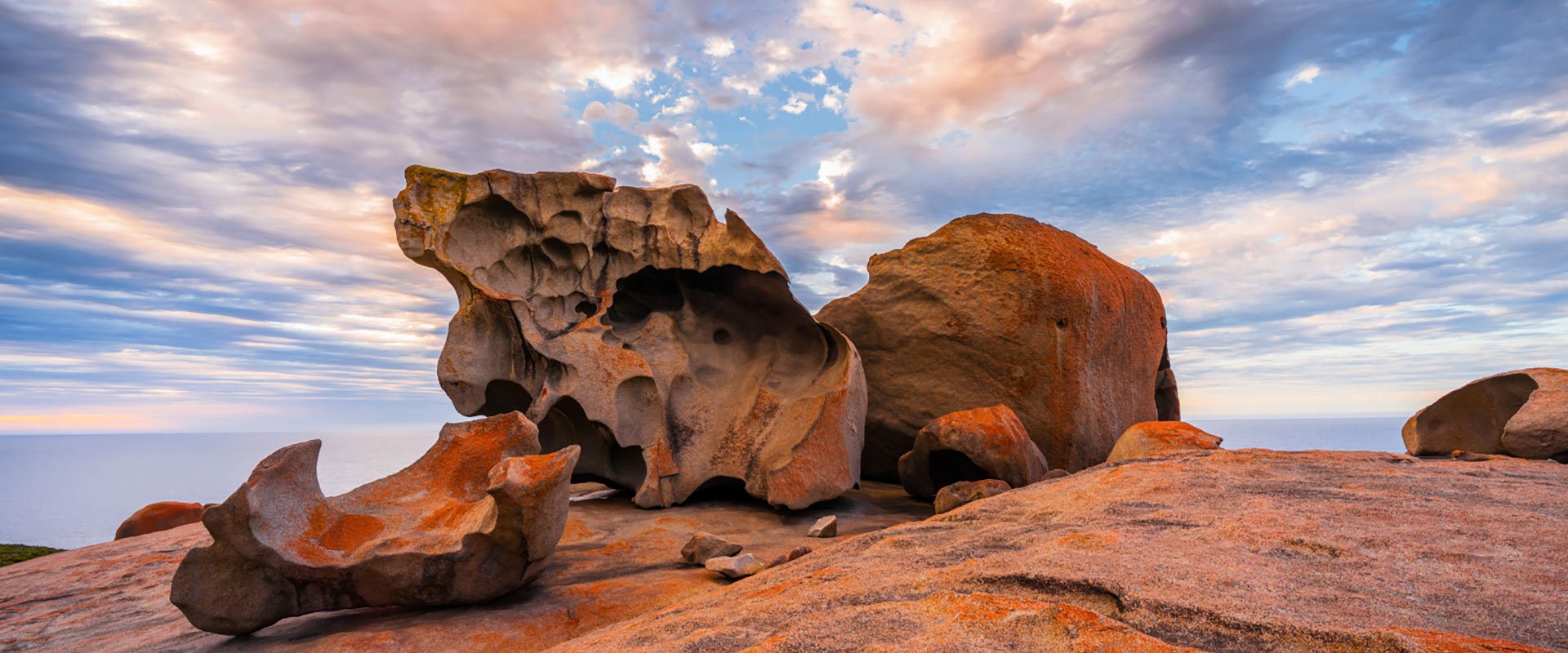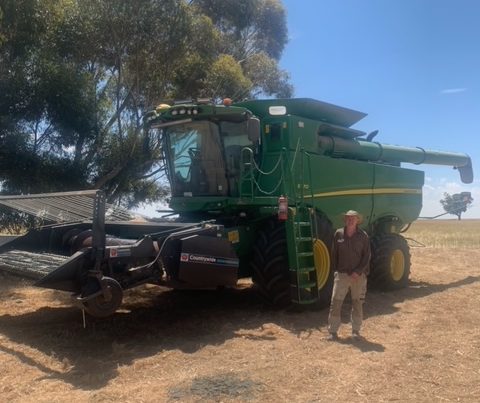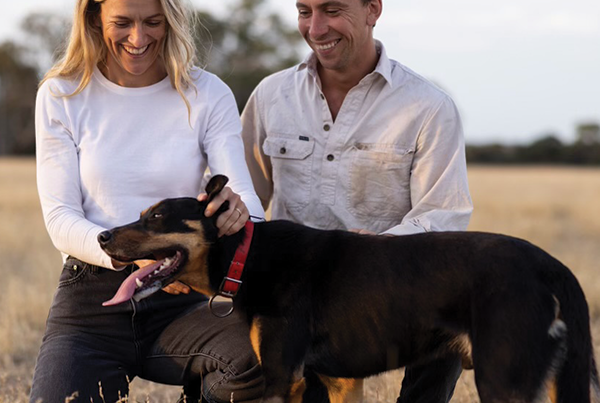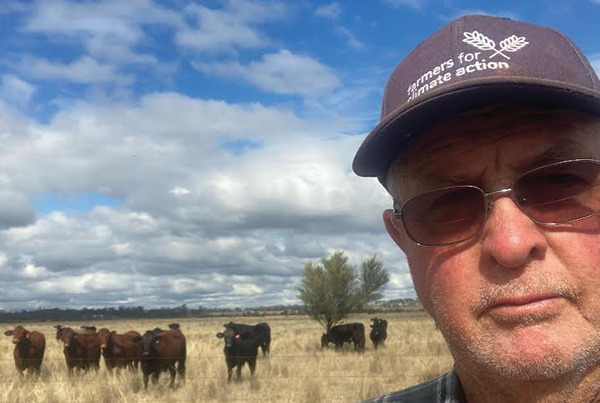At a glance
Who: Ian and Virginia Green
What: Prime lamb production with cross bred ewes on improved pastures. Run two properties one 900 acres and one 500 acres. Son Paul and his wife, Annie, live on the new property (900 acres) and Ian and Virginia on the home property.
Where: Kangaroo Island, Cignet River and Birchmore
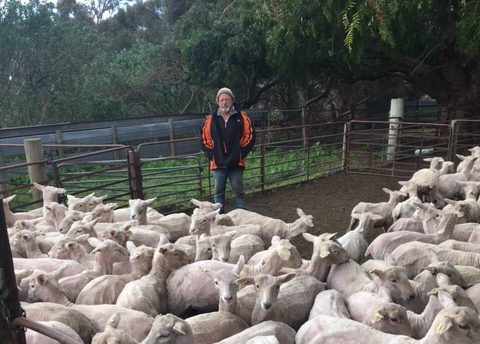
Can you tell us about your property?
Ian was a stock agent for 45 years and built up his farming business. He has been farming for 30 years on the 500 acres and then in 2015 bought the 900 acres. The annual rainfall is around 19 to 20 inches. Stocking rates are dependent on the season, but they have about 1200 breeding ewes on the 500 acres and 2200 breeding ewes on the 900 acres.
How has climate change impacted your farm business?
The seasons are definitely changing for the worse and we feel very lucky to have not been directly impacted by the fires on Kangaroo Island recently. The fires didn’t have much of an impact on business but got very close – only 500 metres away, so we feel very lucky.
What are some of the climate-smart strategies you’ve been employing and how successful have they been?
It was a dry year when we bought the new property and it stayed dry. This meant the dams on the property that hadn’t been cleaned out didn’t last very long. We then spoke to a consultant about how to develop a dam that would last through the longer dry periods. Her name was Lyn Dohle – she was invaluable. She recommended putting a big dam in with a greater catchment area than normally used. This has, in essence, drought-proofed the property in that we don’t have to worry about water in the dry years. And after we purchased that place in 2015 there was plenty of dry years from 2017 onwards but the dam was set up and lasted through that time.
We have also put in 10km of 2 inch poly pipe and, with the solar pump, we can then pump water around the property. We have cleaned out the existing dams so they can withstand the dry spells better. In total, we made 12 dams smaller but deeper so there was less evaporation.
When everyone else was worried about water in summer we didn’t have to be.
Climate smart strategy is also about getting the experts in to help you adapt. Having the help of Lyn Dohle made sure that our dam had enough catchment area to withstand changes in rainfall.
Do you use renewable energy on your farm? What are the benefits?
We use a solar pump on the big catchment dam to pump the water around to other parts of the property. We’re really happy with how the solar pumps have been working for the last 12 months.
What first got you thinking about climate change?
We wanted to make sure that we have reliable access to affordable water. The 500 acre property is flat country that is serviced by water bought from SAwater. If you didn’t have access to that water, you couldn’t farm this country with livestock because there wouldn’t be any water. It’s flat and gets salty if you dig down very deep, so there’s no surface water storage.
The 900 acres was bought because it is the first bit of high ground southwest from the home block and this means you can store your own surface water with dams. We always wanted a property that could have dams on it and not have to worry about using SA water.
If you could send a message about climate change to the Federal Government (in 50 words or less) what would it be?
We used the water infrastructure scheme and that has been really helpful, it allowed upgrades to water infrastructure to help through the longer summers. Financial help to adapt is really helpful for farmers and for their neighbours to adapt. It also helped a lot of the farmers that were affected by fires.
